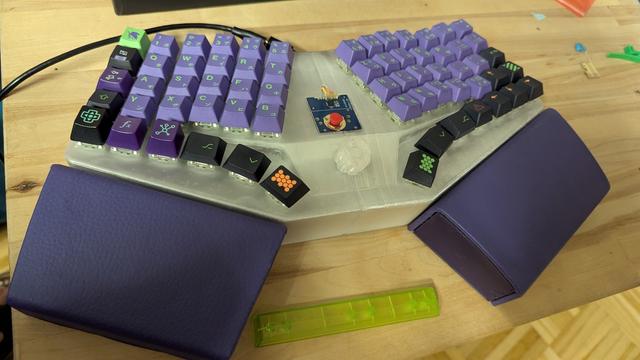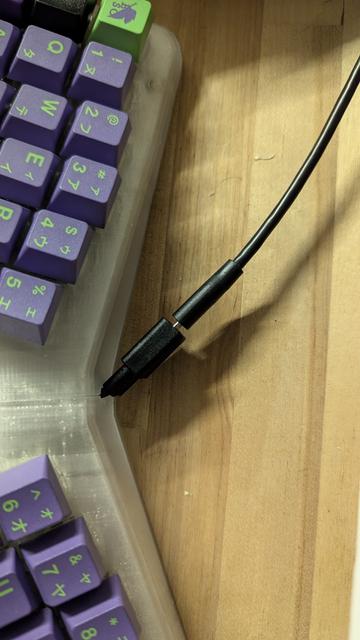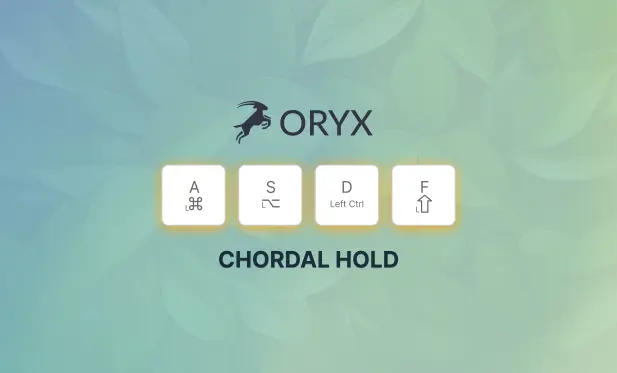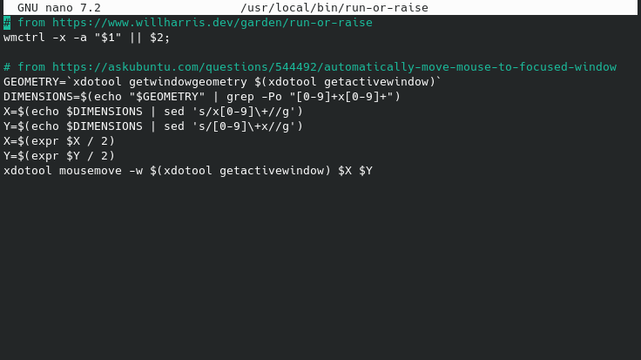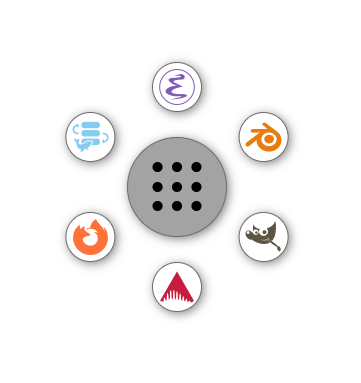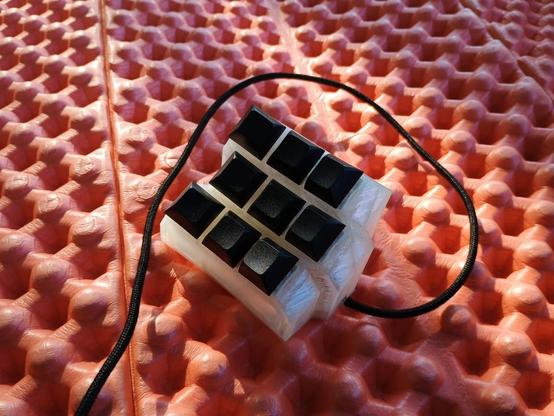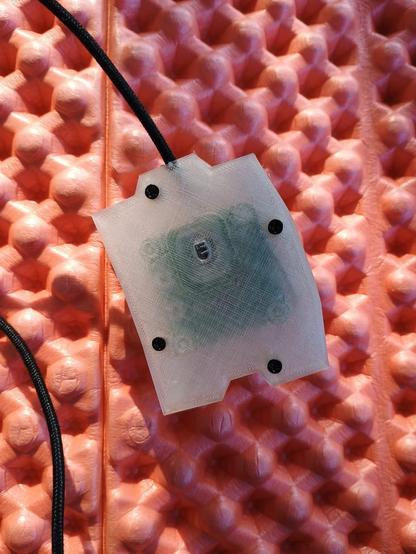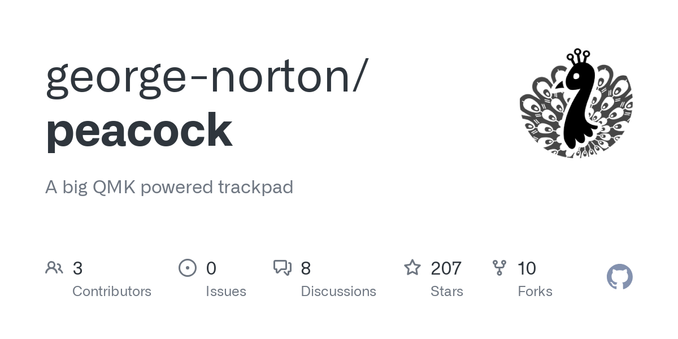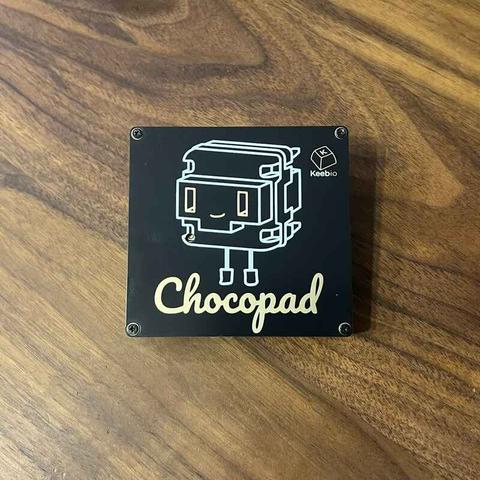I finally finished my fourth #chrumm #mechanicalkeyboard
(There was no real hurry, as I already have some )
This time, with a detachable USB cable and a bit cleaner cabling. Housing is a FFF #3dprint in transparent PCTG instead of resin.
Hopefully it will be sturdier that way, when I take it on the go.



